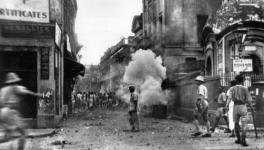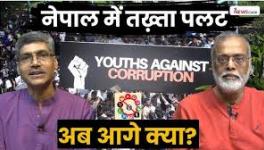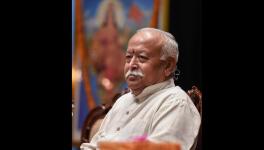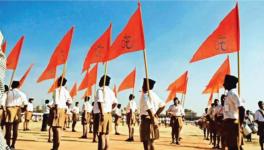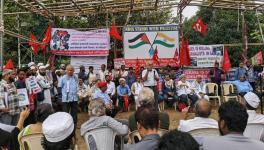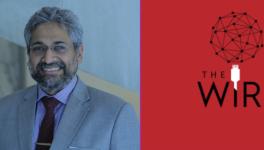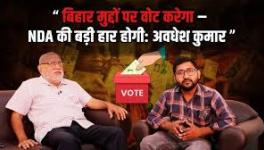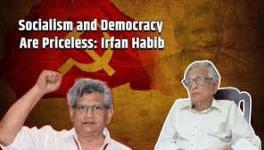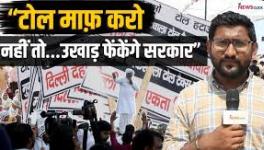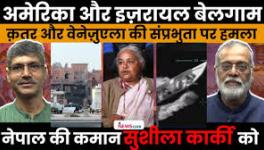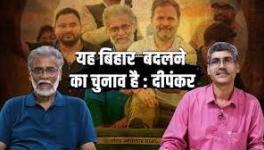Caste Roots of Delhi Violence: A Lesser-Known Phenomenon
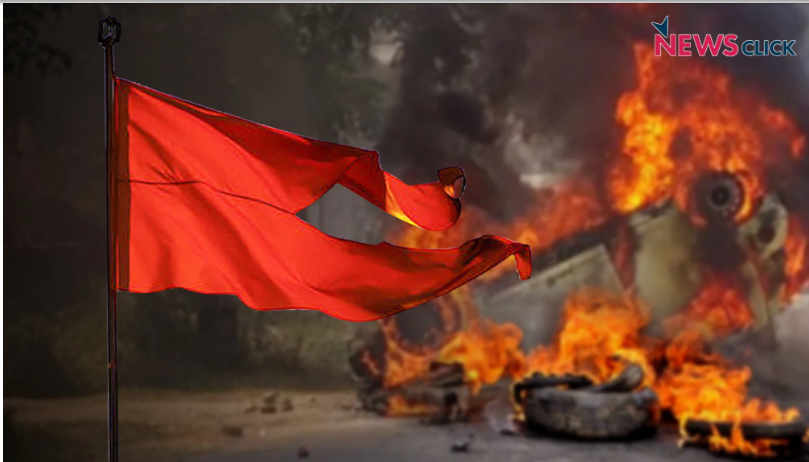
The anti-Muslim violence that erupted in Delhi in late February has shaken the country. Analysts are burning midnight oil yet again to understand the deeper causative factors behind the incident. One aspect that is often neglected when Indian scholars examine communal violence is the role of caste in fomenting discord. Caste is an inherent factor in the Hindu scriptures. It has been a rigid part of the Hindu social framework for long and it has penetrated into the practices of other religious communities in India as well.
The deeper connection between Hindu nationalism, or Hindutva, and caste has been explored, but the relationship between communal violence and caste has not been delved into often. Writer-activist Suraj Yengde recently wrote about how many are still “downplaying the Delhi riot as an affliction of Hindutva or Hindu-Muslim binaries. It is neither. It is not religious but caste tensions that encourage such treacherous acts.”
He cites the Gujarat activist Raju Solanki, who has revealed that in the 2002 Godhra riots, of the 2,945 arrests in Ahmedabad, 1,577 were Hindus and 1,368 were Muslims. “Among the Hindus arrested, 797 were OBCs, 747 Dalits, 19 Patels, two Baniyas, and two Brahmins,” says Yengde, quoting Solanki. The so-called upper caste arrestees went on to became MLAs; the rest were jailed, according to Yengde’s report. It is also not an accident, according to him, that Dalits constitute nearly 22% of total arrests in India, Adivasis 11%, Muslims 20% and OBCs 31%. More than 55% under-trials also come from the same communities—these are official the statistics provided by the National Crime Records Bureau (NCRB) in 2015.
Caste plays a major role in the emergence of Hindutva politics, yet, when there is a violent episode, the primary focus remains on religion. That is because caste is relegated to a secondary role in such incidents, but only on the face of it. The prime mover of Hindu nationalism, the RSS, primarily owes its prominence to a rising caste consciousness and the stirrings of a struggle against the injustices of the Varna-caste system among the non-elite castes. While the Hindu Mahasabha was a parallel to and opposite of the Muslim League, all such formations were initially populated only by kings and landlords. In time, some elite and affluent sections joined them too.
The RSS in particular is a reaction to certain ground-level changes; the masses and members of non-elite castes were increasing their participation in India’s social and political spaces. The non-cooperation movement led by Mahatma Gandhi and the anti-Brahmin movement in the Nagpur-Vidarbha region, were resented by the Brahmanical sections supported by landlord-kings. These elites banded together and raised the agenda of a Hindu nation to dissipate the rising consciousness among the subaltern classes.
The core articulation picked up by Hindutva politics was to present the ancient times as a ‘glorious’ period when only the Manu Smriti’s laws prevailed. The elite sections represented in the Hindutva politics of those days were being jolted by the efforts of people such as social activist Jyotiba Phule, who were pressing for structural change of India’s society. Later, Ambedkar’s campaigns started empowering the dalits on a wider scale. Each of these movements were a serious threat to the Brahmanical system.
While these struggles lay at the core of their ambitions, the Hindutva forces created the illusion of an ‘external threat’ so as to foster a ‘unified’ Hindu society in opposition to it. Here, the Muslims and the Muslim rulers came in handy as tools. Anti-Muslim tirades and other actions became the visible activities of Hindutva footsoldiers and leaders, while the anti-Dalit agenda, their real underlying motive, remained cloaked beneath a veil of ‘Hindu unity’. The smallest grass-roots unit of the RSS, known as the shakhas, conduct “baudhik” or intellectual sessions, which were structured around the promotion of communal historiography.
Spreading hatred for Muslims was the visible part of RSS training, while glorification of an imagined past is the fulcrum of their propaganda. In this way, the RSS has developed a coded language for retaining the hierarchy of caste and gender.
Hindutva began to coalesce around the issue of a ‘Muslim’ king destroying the temple where the Hindu god Rama was believed by many to have been born. Yet, even this campaign took on a vitriolic shape only after the implementation of the Mandal Commission Report in the early 1990s. The anti-Muslim hate and promotion of values of caste and gender hierarchy are synthesised by Hindutva politics. As far as communal violence is concerned, it has been an anti-Muslim effort of the Hindu right through and through. All the statistics show that around 80% of communal violence are the Muslims, primarily those belonging to the poor subaltern Muslim communities.
Even directly, caste comes into operation in the mechanism of riot production. Hindutva politics, through its extensive network, has been working relentlessly among the Dalits. The recent book by Bhanwar Meghwanshi, I was a Kar Sevak, brilliantly describes the mechanism of co-opting Dalits into sectarian political agendas via innumerable organisations such as the Samajik Samrasta Manch, which the RSS has floated. These outfits work among Dalit communities to promote Brahmanical values and integrate them into the Hindutva political scheme.
Those who spread hate through such indoctrination and propaganda stay safe in their cosy homes and offices, while the Dalits become foot-soldiers of Hindu nationalist politics. The ‘face’ of Gujarat violence, Ashok Mochi, who now talks about Dalit-Muslim unity, is one instance of this phenomenon.
The data compiled by Raju Solanki and quoted by Yengde reflects the norm in the cases of communal violence in India. Those who are charged with such violence are not the ones who give donations to the RSS or support its associates’ activities.
Yengde has done a valuable job in drawing our attention to the role of caste in communal violence. The problem with his thesis is that in the present context the hate against religious minorities seems quite pervasive and has become a basis on which to orchestrate violence against them. The extent and degree of indoctrination through shakhas is very powerful and has, admittedly, proved quite effective. This can gauged by going through the experiences recorded by many like Bhanwar Meghwanshi, who faced tremendous difficulties in overcoming the RSS propaganda, because first he had to come to grips with the reality of caste.
The author is a social activist and commentator. The views are personal.
Get the latest reports & analysis with people's perspective on Protests, movements & deep analytical videos, discussions of the current affairs in your Telegram app. Subscribe to NewsClick's Telegram channel & get Real-Time updates on stories, as they get published on our website.











